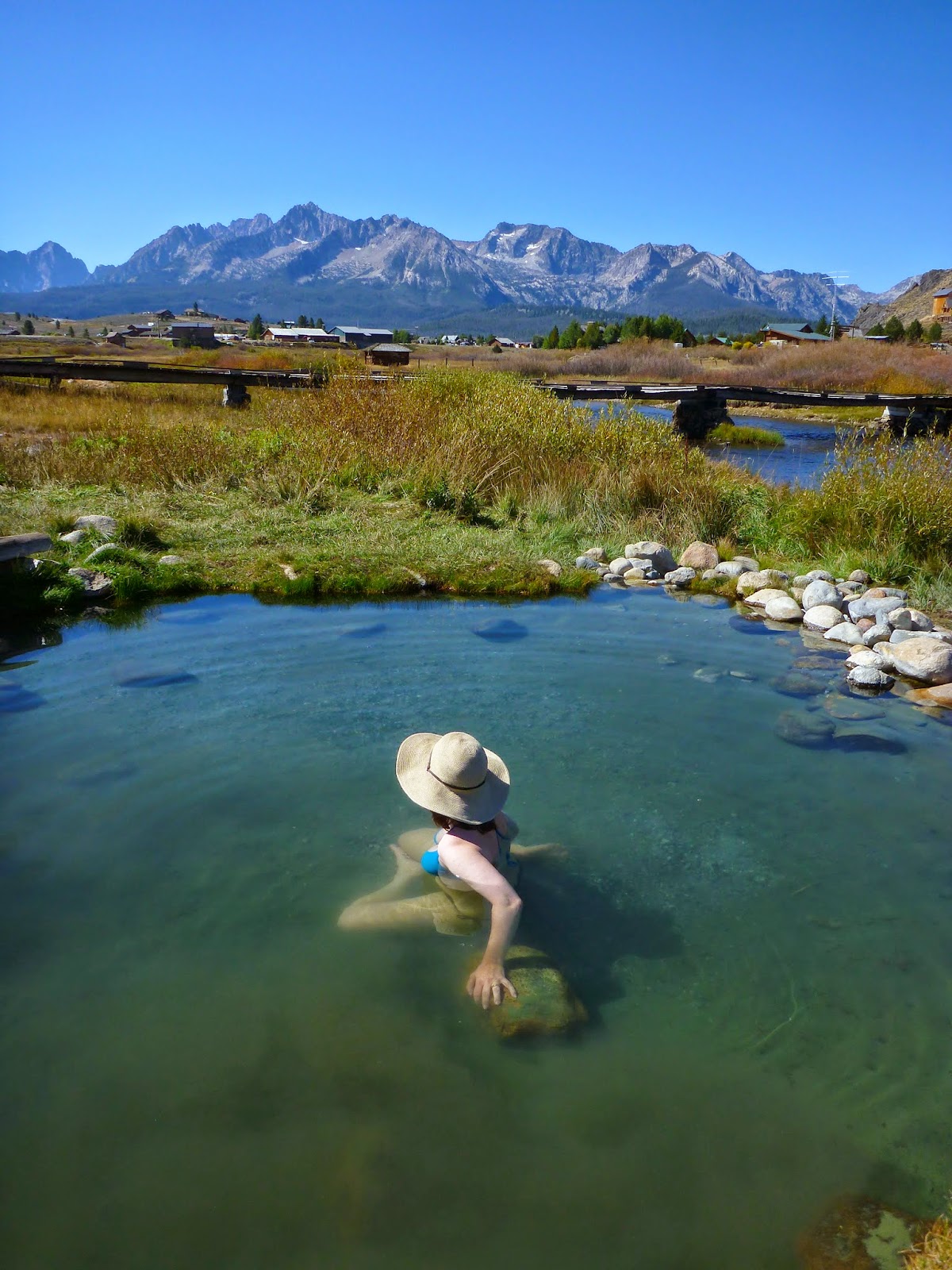Sea Star wasting syndrome is still out there....but as yet not north of Sitka Alaska. There is hope that Alaska will provide a refuge for sea stars that can repopulate southern stocks. Sea Stars are broadcast spawners so larvae can float in the plankton for up to 45 days....that gives currents time to take them long distances from their parents location.
This is the first wasting episode that has ever been known to carry through a winter season. A warm water "blob" in the Northeast Pacific may have contributed to this.
We will do some surveys this winter at December low tides to assess the situation at Constellation Marine Reserve in West Seattle.....see if we can actually fine any sea stars.
During this Summer's low tides I have noticed that the population of Purple Stars that was in the best shape was under the Sea View condos south of Constellation Marine Reserve. The sea stars there are all on pilings that are protected from direct sunlight and the area is thus cooler at low tide. UV radiation is not a factor there....yet there are some stars with wasting. While air temps are cooler on hot summer days (of which Seattle had many this Summer) water temps are not any different from the sunny areas.
I will post results of the December surveys here.....
Happy Autumn
.JPG)
c.jpg)
c.jpg)
c.jpg)
Tooth.jpg)
c.jpg)
c.jpg)
c.jpg)
c.jpg)
.JPG)
.JPG)
.jpg)
c1.jpg)
.JPG)











.JPG)
c.jpg)
John%2BDay.jpg)
John%2BDay.jpg)
c.jpg)
c.jpg)
.JPG)
.JPG)
.jpg)
.JPG)

.JPG)
.jpg)
acem.jpg)
acem.JPG)
acem.jpg)
.JPG)
ac.jpg)
.JPG)